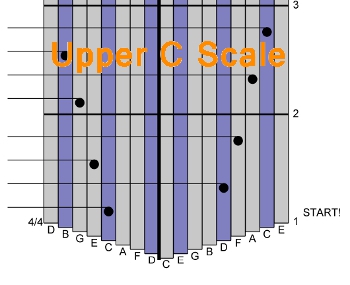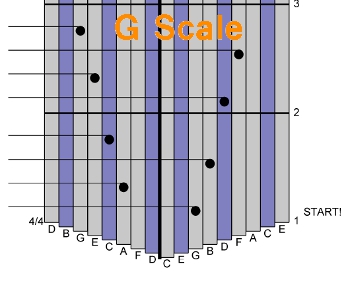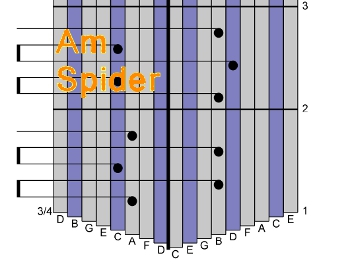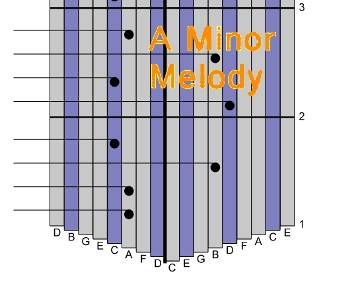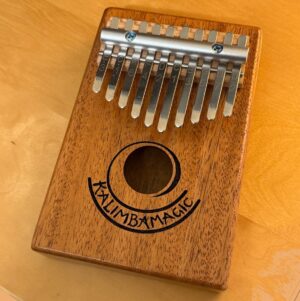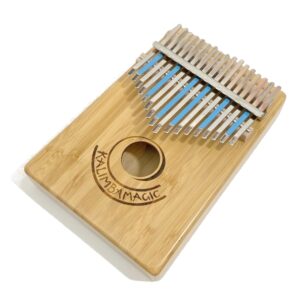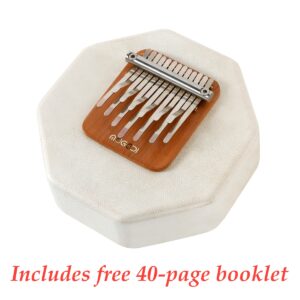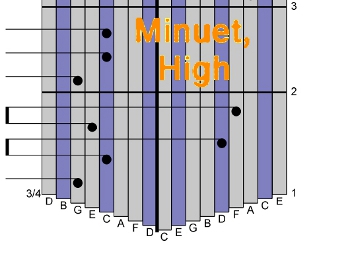
Little Bits of Music – Playing Scales 10
A Melody Using the Upper Octave of the C Scale A Box Lotus and a Regular Lotus Karimba This series of tips is about scales and how useful they are for the kalimba player. We used the opening melody of the Bach Minuet in G as an example of how scale segments are used in melodies. Now that we have had a look at the upper octave of the C Major scale, I take you back to the Minuet melody. (By the way, the tablature here is for a 17-Note Kalimba in C, but the concept and even the tablature is the same for many other types of kalimbas.)
